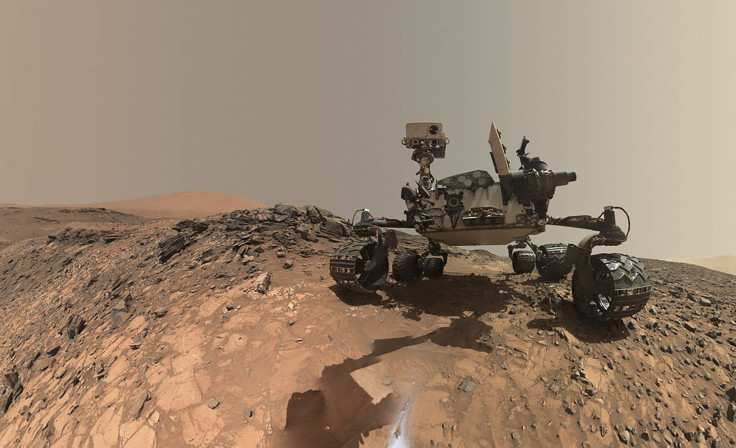Mars 2030 virtual reality takes viewers to the Red planet

Anyone with a virtual reality headset will be able to “walk” on Mars in 2016. NASA, in collaboration with Fusion and MIT’s Space Systems, will launch the Mars 2030 experience, a free virtual reality experience, bringing users in Mars virtually before real exploration takes off in the 2030s.
NASA has been training astronauts using virtual reality, so sharing this technology with the public will inspire and educate the next batch of space explorers and scientists. Jason Crusan, director of advanced exploration systems at NASA, added that this is an opportunity to share elements of the agency’s human Mars surface exploration concepts using today’s advanced virtual reality technologies.
Users will be able to walk or drive the Mars Rover prototype across several square miles of actual Martian landscape while pursuing research-oriented mission goals on Google Cardboard, Facebook’s Oculus Rift and Samsung Gear VR, Fortune Magazine reports. Versions compatible with PlayStation VR and HTC Vive are also expected to debut in the future. More details about the experience will be revealed soon.
Irrational Games technical designer Justin Sonnekalb said that this virtual reality version uses Epic Games’ Unreal Engine 4 technology, which is utilised in upcoming games such as Capcom’s Street Fighter V and Chair Entertainment’s Spyjinx. This will be different from what viewers see in Hollywood movies. However, Sonnekalb remarked that the team exerted their best efforts to re-create the actual Mars experience.
“We’ve been taking enormous care to provide the most realistic Martian environment possible, using real topographic data and accurate color reference,” Sonnekalb stated. “Most images from Mars are either raw data that hasn’t been color-corrected to match human eyesight, or has been tuned to reflect Earth’s lighting conditions because it both affords greater visual contrast and appears more natural.”
Julian Reyes, a virtual reality producer for multiplatform media company Fusion, said that the Mars 2030 project’s content will be distributed digitally across Twitch and YouTube Gaming. Reyes hopes to capture the audience and bring this exciting experience to the public without leaving their homes.
Contact the writer at feedback@ibtimes.com.au or tell us what you think below.




















